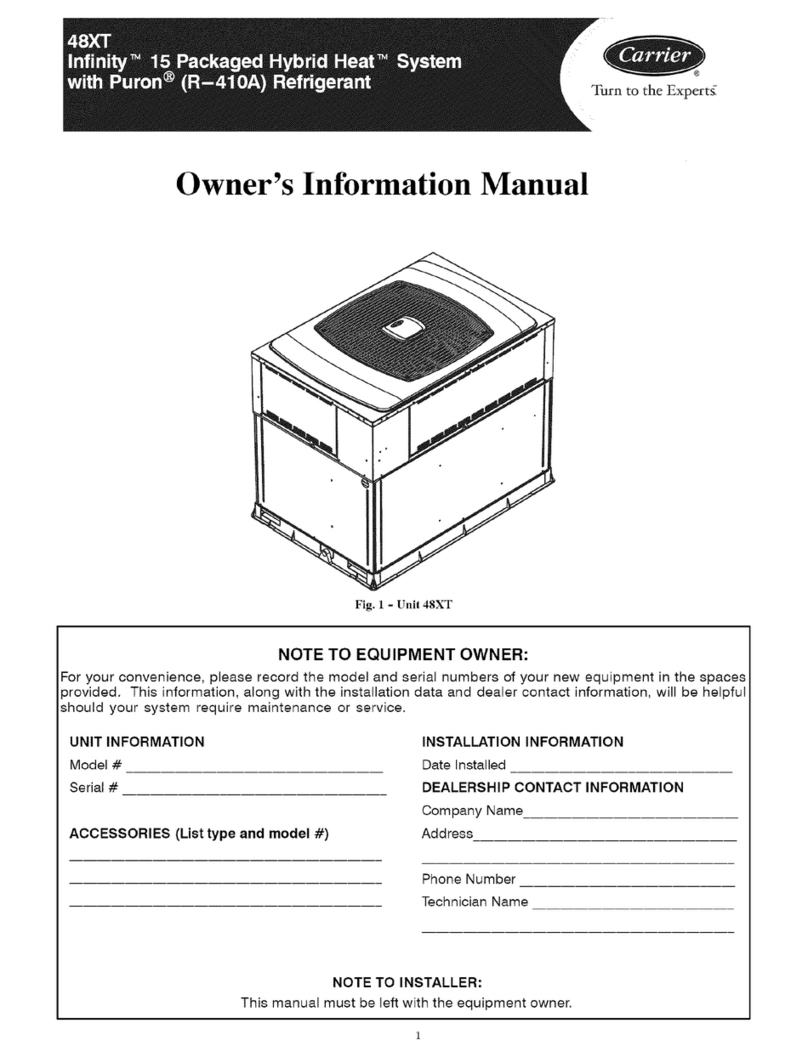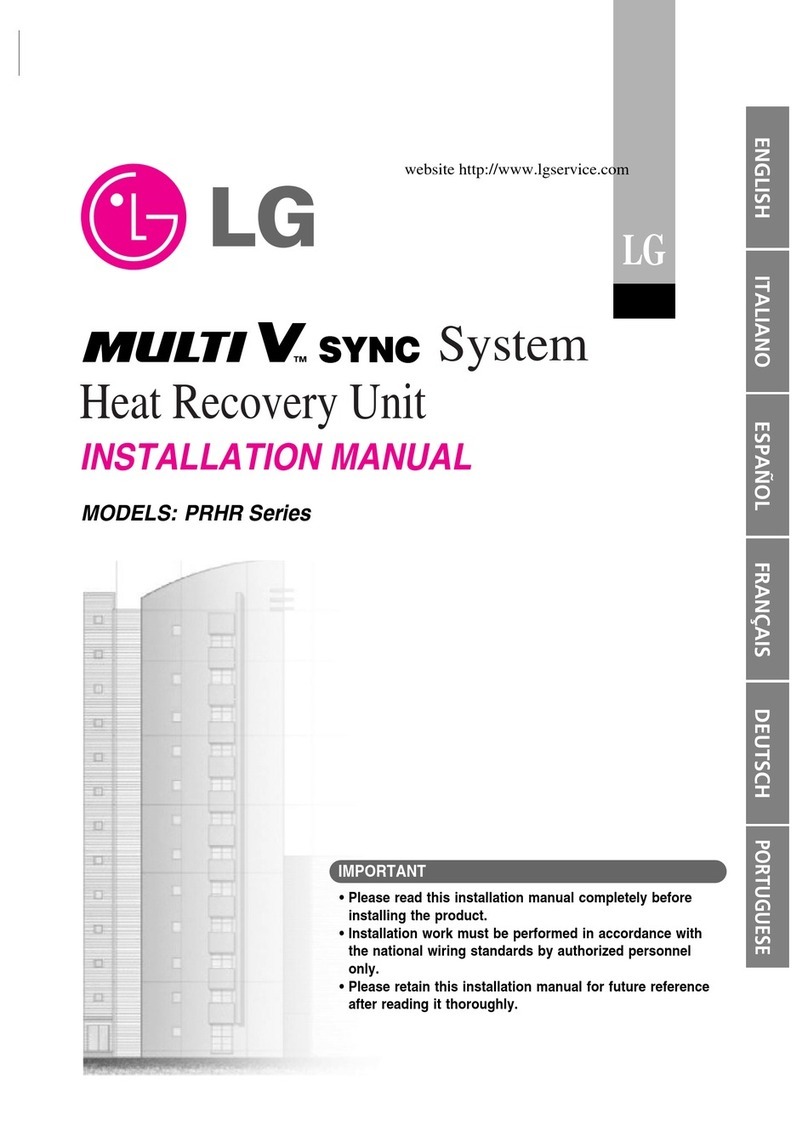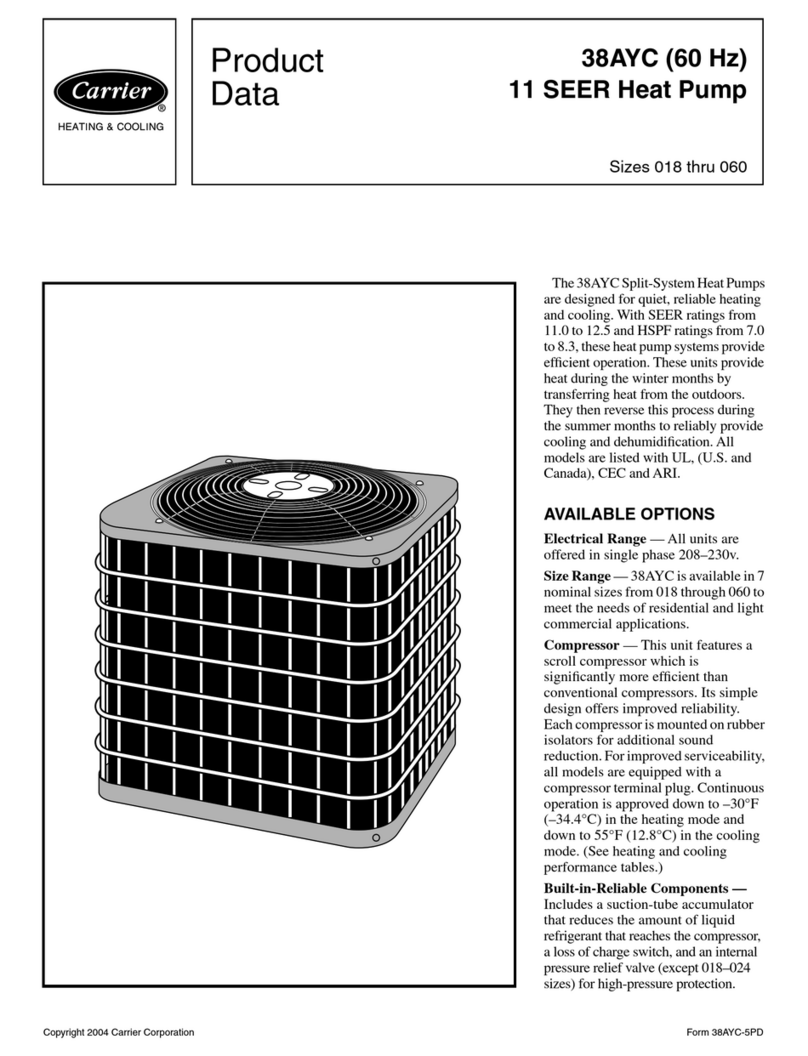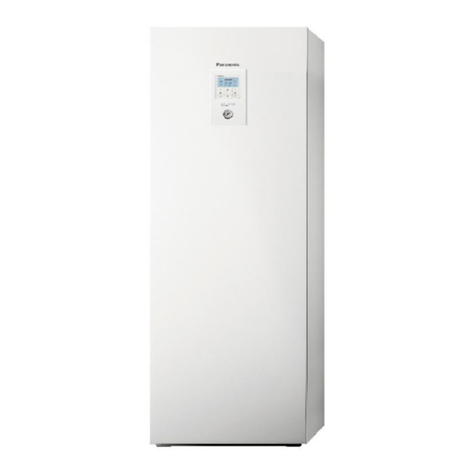STIEBEL ELTRON WPL 10 AC Specification sheet




















Other manuals for WPL 10 AC
1
This manual suits for next models
1
Table of contents
Other STIEBEL ELTRON Heat Pump manuals

STIEBEL ELTRON
STIEBEL ELTRON WWK 220 electronic Instruction Manual
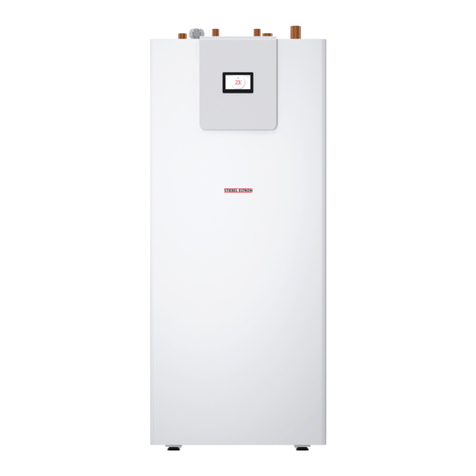
STIEBEL ELTRON
STIEBEL ELTRON WPE User manual

STIEBEL ELTRON
STIEBEL ELTRON WWK 222 Instruction Manual

STIEBEL ELTRON
STIEBEL ELTRON WPL 09 ICS classic Instruction Manual

STIEBEL ELTRON
STIEBEL ELTRON wpf 20 Specification sheet

STIEBEL ELTRON
STIEBEL ELTRON WWK 300 A User manual

STIEBEL ELTRON
STIEBEL ELTRON WWK 221 electronic Instruction Manual

STIEBEL ELTRON
STIEBEL ELTRON HPA-O 3 CS Plus Specification sheet

STIEBEL ELTRON
STIEBEL ELTRON WPL 08 S Trend Instruction Manual
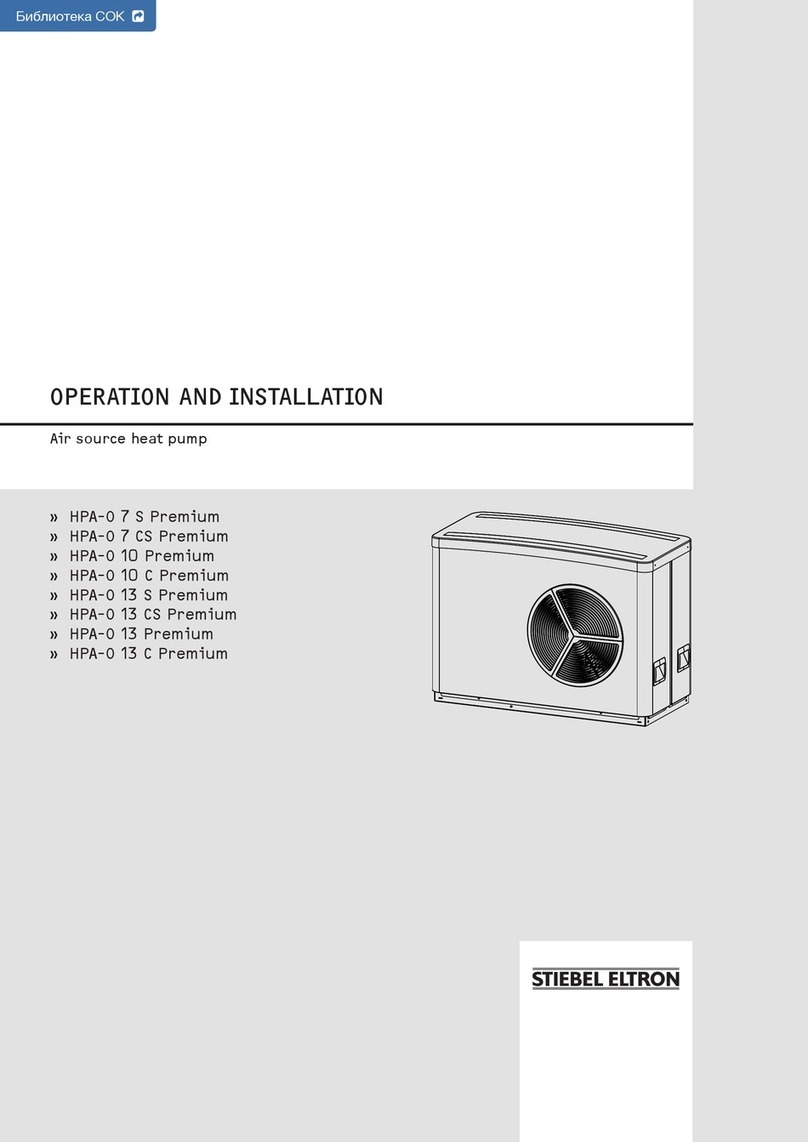
STIEBEL ELTRON
STIEBEL ELTRON HPA-O 7 S Premium Specification sheet

STIEBEL ELTRON
STIEBEL ELTRON WWK 300 A Instruction Manual

STIEBEL ELTRON
STIEBEL ELTRON WPL 23 User manual
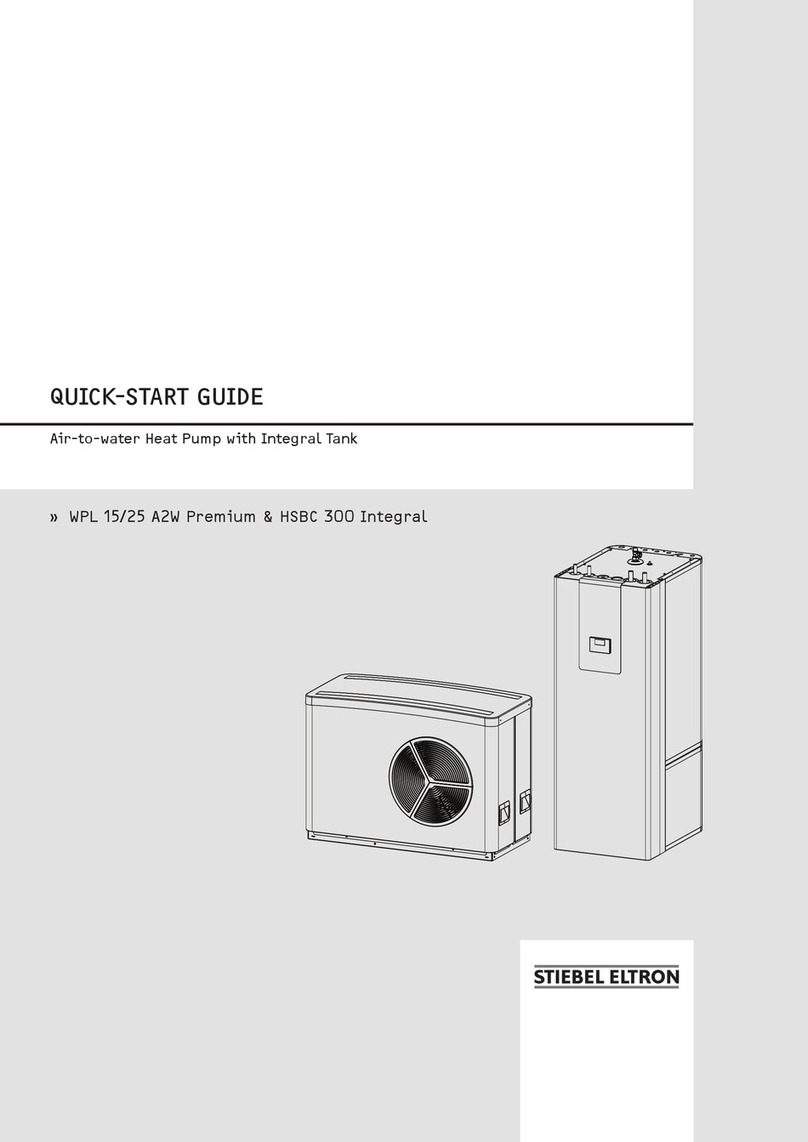
STIEBEL ELTRON
STIEBEL ELTRON WPL 15 A2W Premium User manual
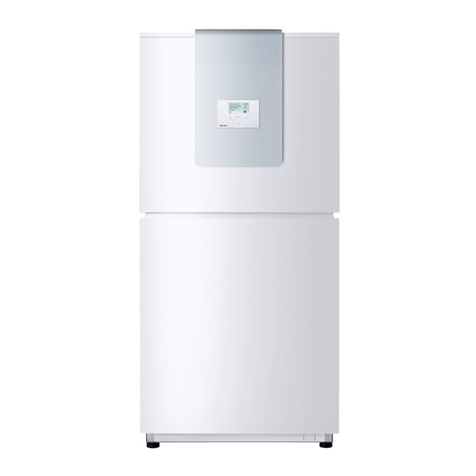
STIEBEL ELTRON
STIEBEL ELTRON WPL 10 I Instruction Manual
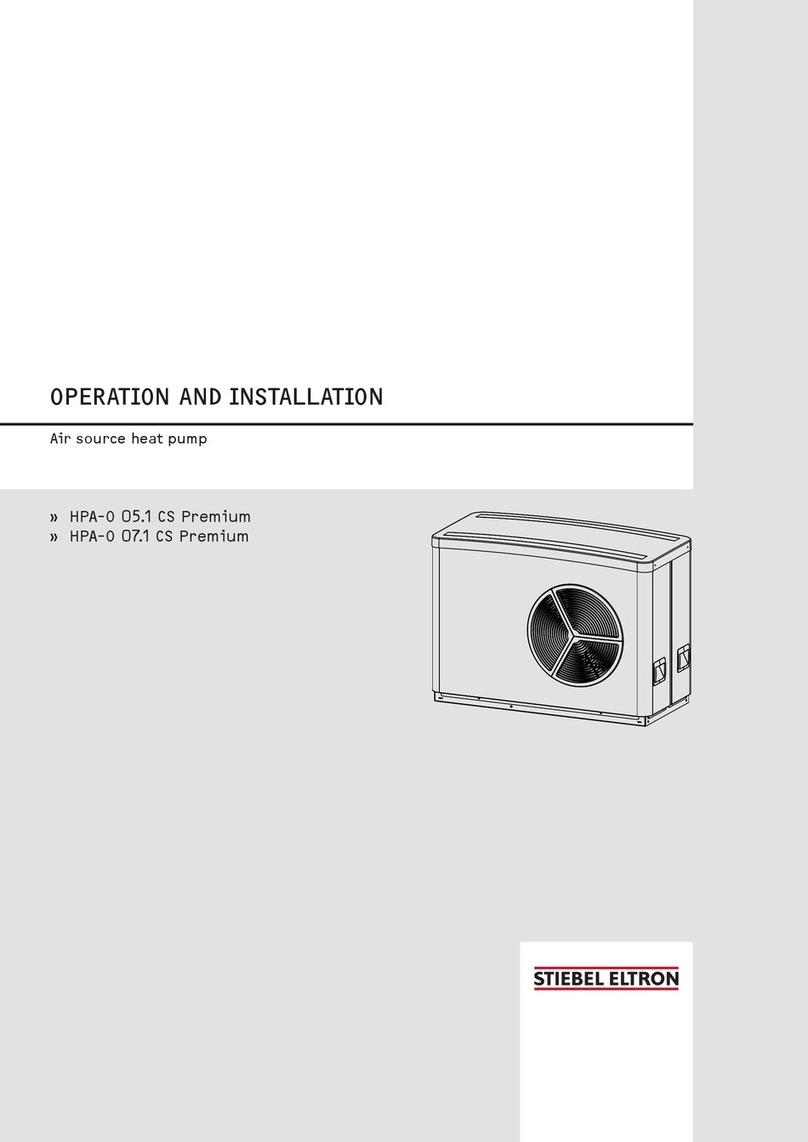
STIEBEL ELTRON
STIEBEL ELTRON HPA-O 05.1 CS Premium Specification sheet

STIEBEL ELTRON
STIEBEL ELTRON WWK 300 AH Instruction Manual
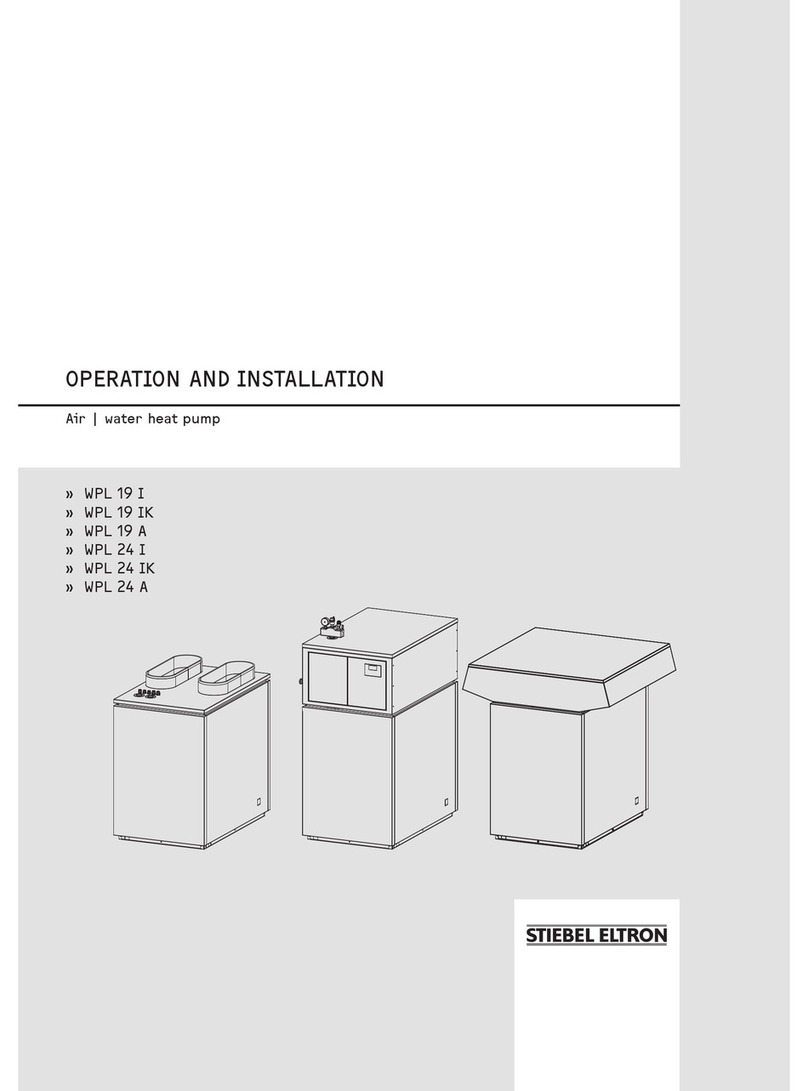
STIEBEL ELTRON
STIEBEL ELTRON WPL 19 A User manual

STIEBEL ELTRON
STIEBEL ELTRON HSBB 3 Instruction Manual

STIEBEL ELTRON
STIEBEL ELTRON WWK 220 electronic Instruction Manual
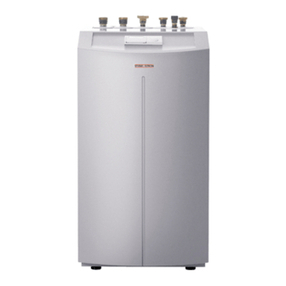
STIEBEL ELTRON
STIEBEL ELTRON WPF 5 S User manual
Popular Heat Pump manuals by other brands

ANTEK Green Energy
ANTEK Green Energy AIR MAGNA 200 Installation and maintenance instructions

Carrier
Carrier 30ZQ024-G Installation & start-up instructions
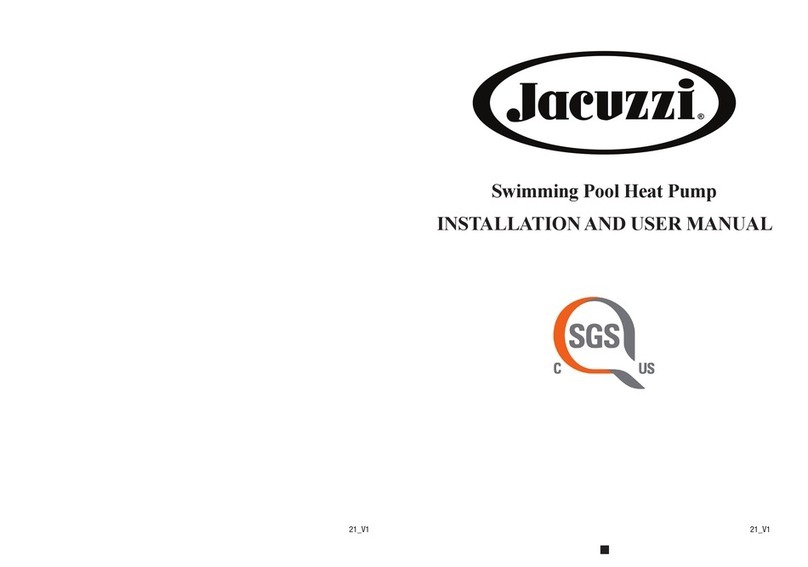
Jacuzzi
Jacuzzi JA50 Installation and user manual

Bryant
Bryant EVOLUTION 289B installation instructions
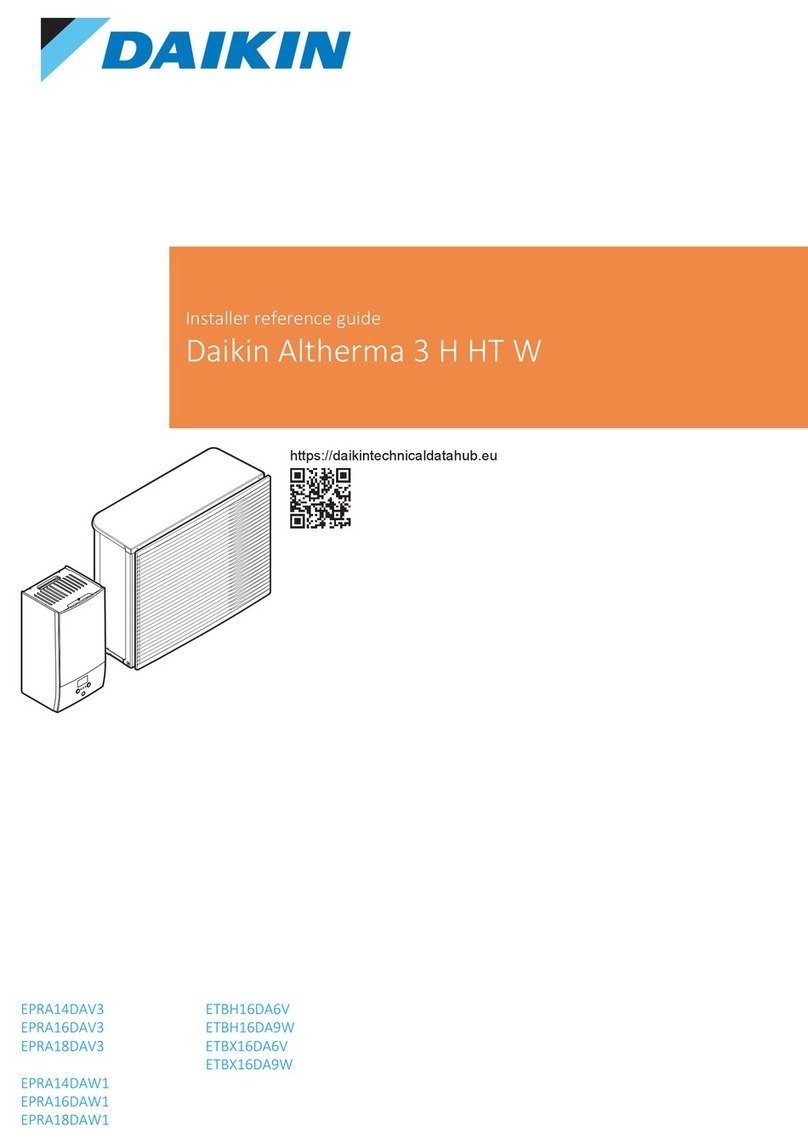
Daikin
Daikin Altherma 3 H HT EPRA16DAW1 Installer's reference guide

Viessmann
Viessmann Vitocal 200-S Installation and service instructions for contractors

Astral Pool
Astral Pool BPM400A Installation and operating instructions
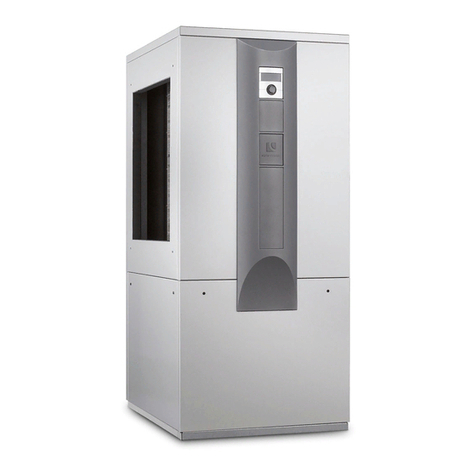
alphainnoTec
alphainnoTec LW 140 operating manual

alphainnoTec
alphainnoTec SW 42H3 operating manual
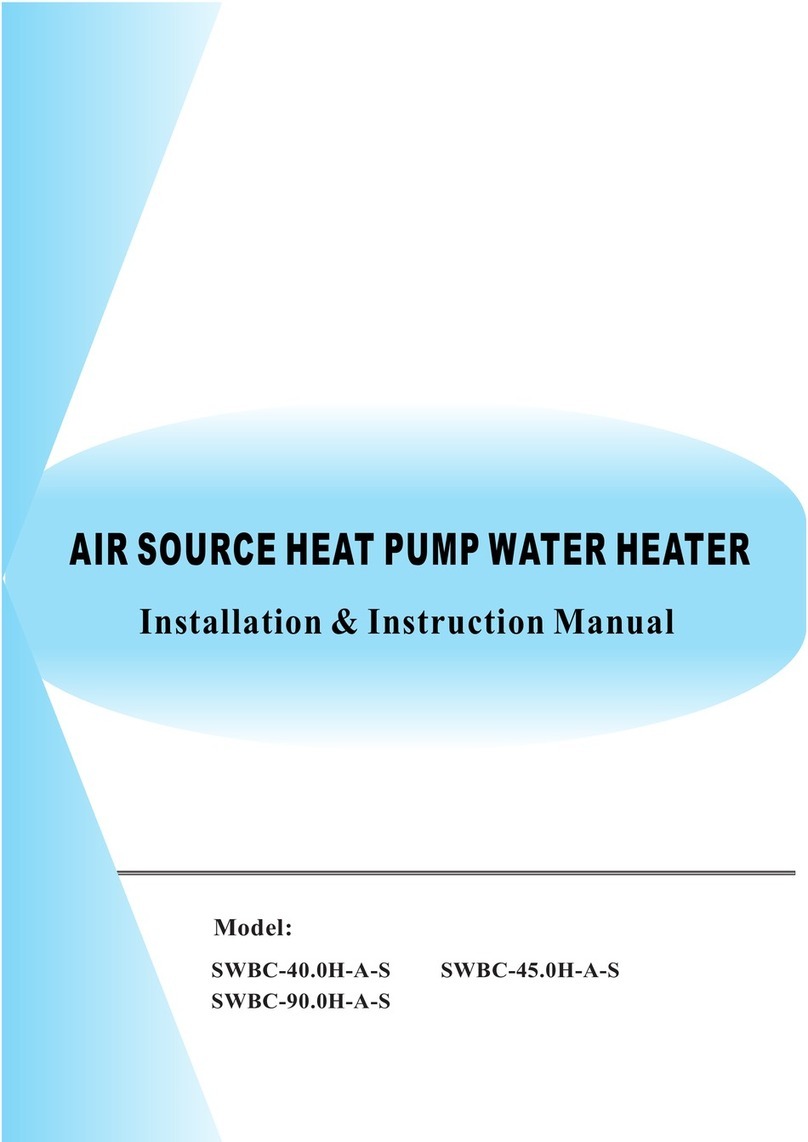
Ecoplus
Ecoplus SWBC-40.0H-A-S Installation instructions manual
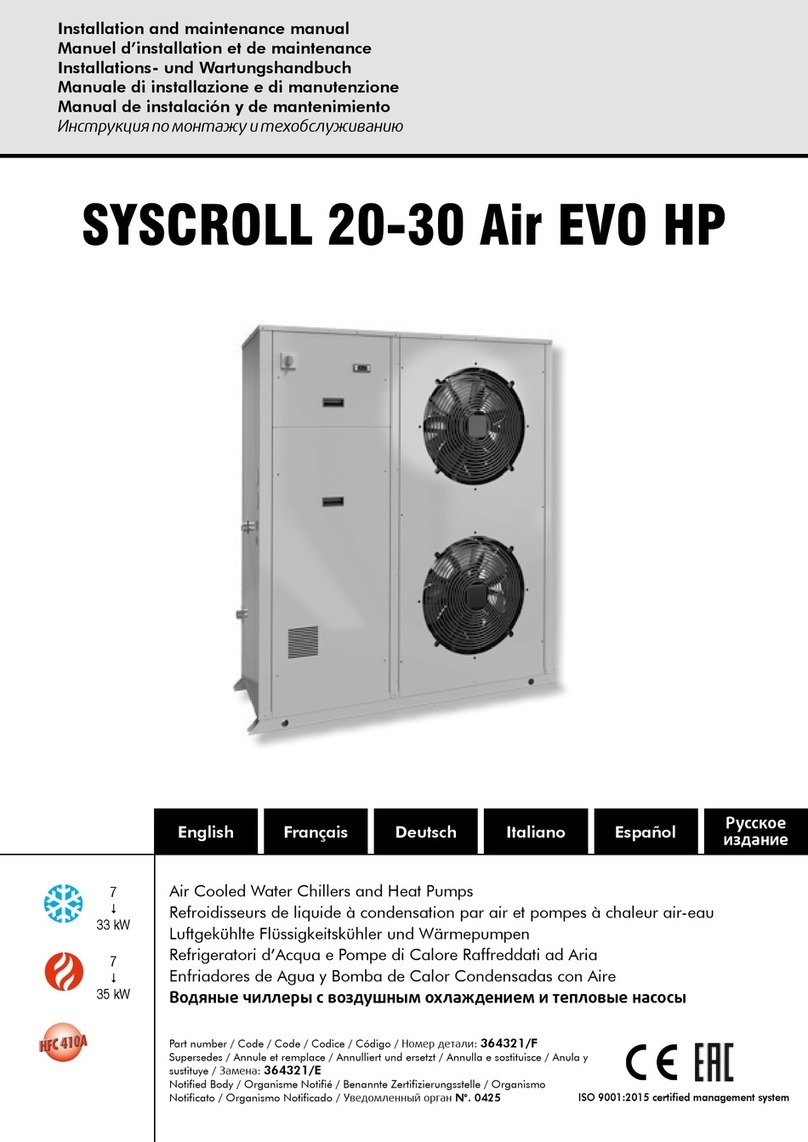
System air
System air SYSCROLL 20-30 Air EVO HP Installation and maintenance manual

alphainnoTec
alphainnoTec LW 101 operating manual




